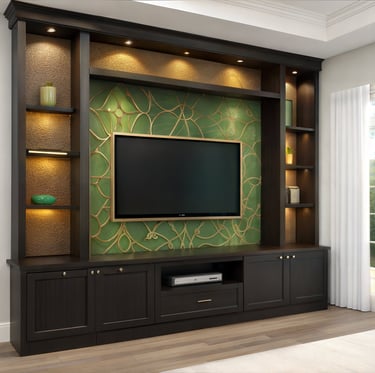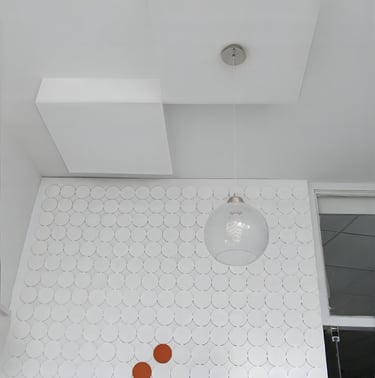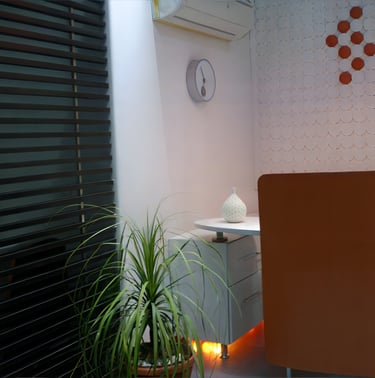Reviving Spaces: The Resurgence of Textured Walls and Ceilings


Understanding the Trend of Textured Walls and Ceilings
In recent years, interior design has witnessed a remarkable shift towards enhancing visual interest and depth within spaces. Textured walls and ceilings, often overlooked in the quest for minimalism, are making a significant comeback. Homeowners and designers alike are tired of plain walls and are eager to incorporate innovative and appealing textures into their living environments. This resurgence reflects not only a desire for uniqueness but also an appreciation for craftsmanship.
The Aesthetic Appeal of Textured Surfaces
Textured surfaces provide a unique aesthetic that can transform any room. From classic stucco finishes to contemporary 3D wall panels, the options are endless. Textured walls offer the capability to create focal points, drawing attention and adding character to your space. Unlike their flat counterparts, these walls can evoke emotions and stimulate conversations, making your interior more inviting and intriguing. Textured ceilings, on the other hand, bring a level of sophistication often missing in modern designs. They add dimension and style, creating a seamless flow between walls and ceilings, and allowing for imaginative design possibilities.
Textured walls offer the capability to create focal points, drawing attention and adding character to your space.


Functional Benefits of Textured Finishes
Beyond aesthetics, textured walls and ceilings also bring several functional benefits to your home. For starters, they can enhance the acoustic qualities of a room by reducing echo and noise levels, making your living environment more peaceful. Furthermore, textured surfaces are great for masking imperfections—whether they are minor imperfections in the drywall or uneven painting. This quality makes them an ideal solution for older homes requiring a little extra TLC. Additionally, textured finishes can be easier to maintain than smooth surfaces, as they can better camouflage dirt and scuffs.
Exploring Various Textured Options
There are multiple options to consider when exploring textured walls and ceilings. Traditional techniques such as plastering, wood paneling, and wainscoting remain popular. Meanwhile, modern innovations such as wallpaper with raised patterns, decorative tiles, and paint techniques like sponging or rag rolling are also gaining traction. With the advent of eco-friendly materials, there's a wealth of sustainable options available that allow homeowners to embrace texture while being mindful of environmental impact. Whether it's rustic charm or a sleek modern look, there's a texture to suit every style.
Conclusion: Embracing the Comeback of Texture
In summary, our affinity for textured walls and ceilings is a testament to the evolution of interior design. As more individuals seek to personalize their spaces, embracing textural elements offers both beauty and functionality. The comeback of this trend indicates a broader appreciation for individuality and craftsmanship in our homes. So, if you’re tired of plain walls, it might be time to explore the world of textures and bring your home to life!






"Textured surfaces are great for masking imperfections—whether they are minor imperfections in the drywall or uneven paint."
Related Posts

